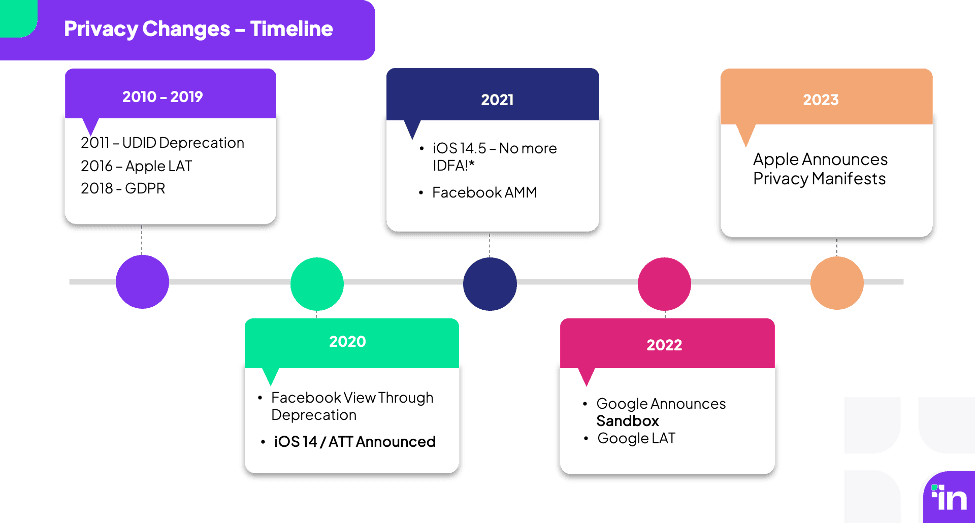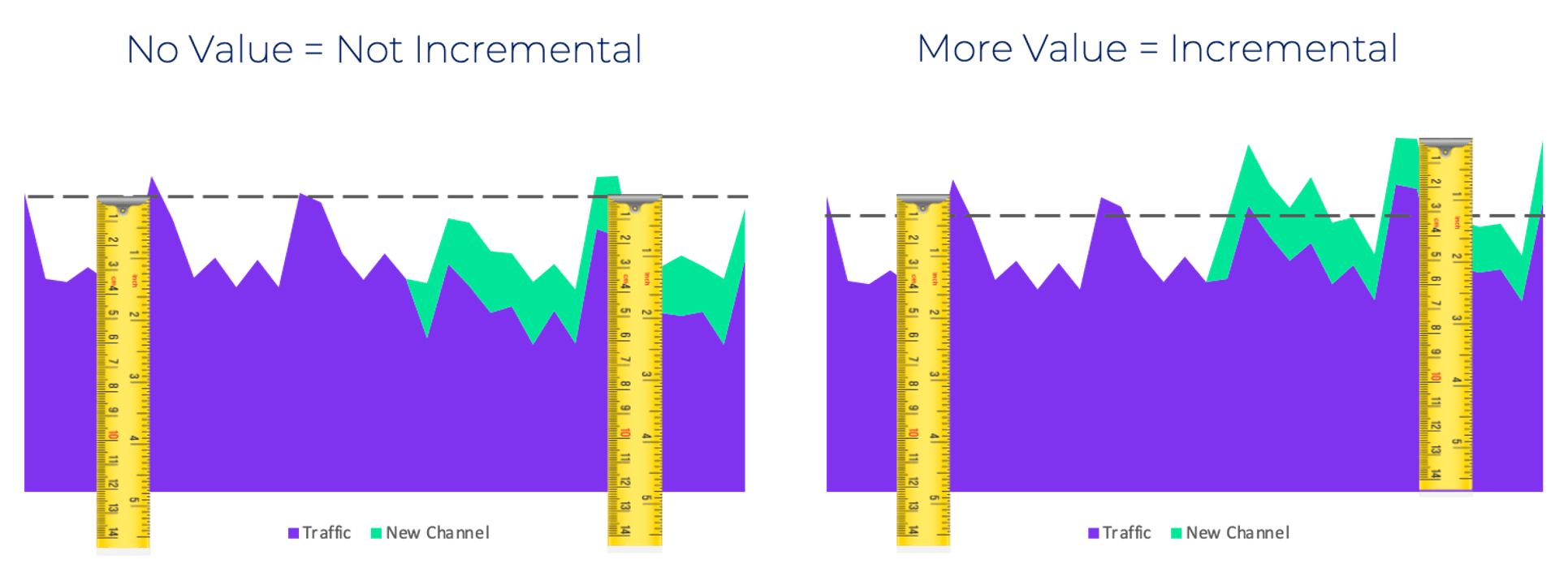Platform
Use Cases
Many Possibilities. One Platform.
AI and Automation
The Always-on Incrementality Platform
Solutions
Teams
Built for your whole team.
Industries
Trusted by all verticals.
Mediums
Measure any type of ad spend
Use Cases
Many Possibilities. One Platform.
AI and Automation
The Always-on Incrementality Platform
Teams
Built for your whole team.
Industries
Trusted by all verticals.
Mediums
Measure any type of ad spend

This article was inspired by a fantastic interview between Mammoth Growth and Dr. Tim Wiegels. You can (and should) listen to the interview here.
The advertising industry might be skeptical or cynical about why, but no one can argue that Apple cares about users’ privacy.
It made this clear when it spoke about Privacy and announced its App Tracking Transparency back in June 2020. Apple then went further by making access to IDFA an opt-in and giving users the choice if they want to be tracked. More recently, it took a further step toward protecting consumer privacy by stating that Fingerprinting for marketing measurement is not allowed.
Despite this, the largest attribution companies continue operating their core measurement by applying fingerprinting mechanics, using their SDKs to pull data such as IP, location, and other points to identify individual clicks and match those with installs.
MMPs persevered with fingerprinting to try and continue to bring some sort of value to app developers, who have often built their entire data infrastructure on top of their MMP data. Even if this data made no sense.
While Apple has not banned the SDKs from the app store (yet), it has revamped its policies to make it clear that apps using fingerprint will not be allowed on the app store.
The bottom line is that attribution data on iOS is completely flawed. Apple prioritizes the privacy of its customers, and attempts to continue identifying users by mixing SKAN + Fingerprinting prove to be futile.
Privacy manifest was introduced by Apple in June 2023, as the way to close the fingerprinting loophole. Privacy manifest is essentially just an extension of the nutrition label - the small cards you see on the app page which tells you what data is collected about you, and for which purpose.
The new policy demands that you as a developer will be a) aware and b) declare what data you and any 3rd party SDKs you installed in the app will collect and moreover, why you need it.
As part of this change, Apple also introduced a Required Reasons API, where you as a developer will need to describe to Apple why your app is asking for user level data shared with a 3rd party known tracking SDK, even if the user did not consent to being tracked.

Until now, Apple did not enforce the rules against fingerprinting, but it was not happy that so many app developers were using SDKs from MMPs which were in complete violation of its privacy policies.
With privacy manifest, Apple is putting a stop to this. Fingerprinting is done for.
Over the past several years, the level of access to user level data has been diminishing year over year, and the clear leader in these efforts has been Apple. While the EU, State of California, and others address the legality of access, Apple pulled the plug by creating platform level limitations on a technical level, forcing others such as Google to do the same.
Beyond privacy manifest, we can predict that Apple will start blocking HTTP requests to known advertising tracking domains, as long as the user did not provide explicit consent. Or even go beyond this and ban tracking SDKs from the App Sore all together.
As long as Apple is offering some sort of an alternative with SKAdNetwork – they can get away with this.
Marketing measurement has been disrupted by Apple, and Google has followed in its path by announcing the Android Privacy Sandbox.
No longer are the days where App Developers will be able to track the individual click which lead to an install. Attribution moves to campaign level and with a minimum privacy threshold. App developers will lose most of the attributed conversions and report way more “organic” installs, forcing app developers to use other methods to measure performance marketing.
Other methods of measurement such as incrementality do not require user data. Incrementality measurement has always been a method of measuring the actual value that paid marketing yields over marketing results. Incrementality measures cause and effect.
In the past, incrementality measurement was a hassle. Companies would be forced to run geolift studies – pausing Advertising to measure the effect of Advertising, or conduct regional tests by attempting to create a geolocation fence.
Today, app developers can use INCRMNTAL, a platform which offers always-on measurement of incrementality, utilizing machine learning and AI. INCRMNTAL isn’t affected by the changes in privacy as INCRMNTAL never needed attribution data or any user-level data to begin with.
If you haven’t switched to a better stack for your marketing measurement, you’re going to be in big trouble soon. We invite you to read more about the topic in our resources, or schedule a conversation with us today.